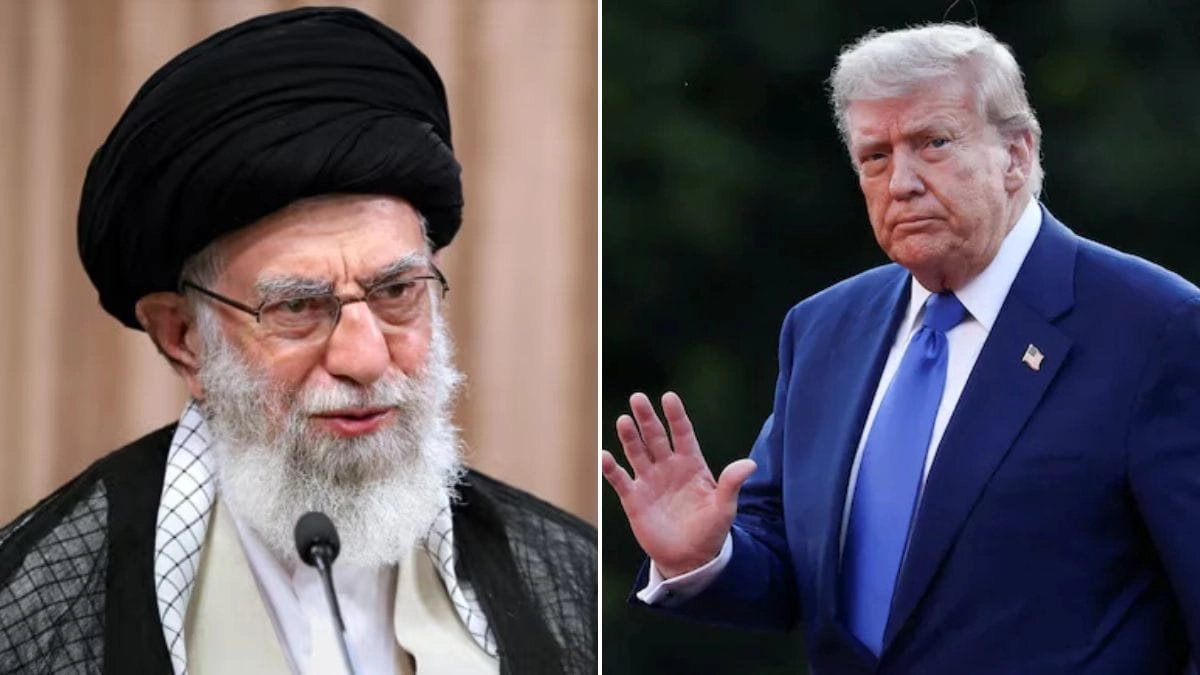Iran has a long and complex history marked by tensions with the United States, often characterized by a series of failed plots and covert operations that have relied on low-level criminals. These attempts have ranged from espionage to sabotage, reflecting a broader strategy employed by various U.S. administrations to undermine the Iranian regime. The reliance on less sophisticated operatives has frequently resulted in botched missions, exposing the challenges of executing intricate plans in a foreign land, particularly when the operatives lack the necessary training and commitment.
One of the most notable instances of this strategy was during the 1980s, when the U.S. sought to destabilize the Iranian government following the 1979 Islamic Revolution. The CIA and other intelligence agencies often turned to local criminals, smugglers, and dissidents who lacked the discipline and resources of trained operatives. These individuals, motivated by personal gain rather than ideological commitment, frequently compromised operations, leading to failures that not only thwarted U.S. objectives but also sometimes strengthened the Iranian regime’s standing among its populace.
The pattern continued into the 21st century, as U.S. intelligence efforts in Iran often involved recruiting low-level operatives who were ill-prepared for the complexities of espionage and counterintelligence. This reliance on inadequate personnel led to numerous operational failures, including the exposure of agents and the thwarting of planned sabotage efforts. Such failures have not only resulted in wasted resources and missed opportunities but have also fueled Iranian propaganda, allowing the regime to portray itself as resilient against foreign threats, thereby consolidating its power.
Moreover, the use of low-level criminals in these plots has raised ethical questions about U.S. foreign policy and the methods employed in pursuing national interests. The repercussions of these failed plots extend beyond immediate operational failures; they also contribute to long-term geopolitical consequences, including strained relations between the U.S. and Iran. As both nations navigate their complicated history, the legacy of these failed plots serves as a reminder of the difficulties inherent in covert operations and the importance of understanding local dynamics when engaging in foreign policy initiatives. The cycle of reliance on unqualified individuals for complex missions underscores the need for a more strategic approach that prioritizes well-trained operatives and a nuanced understanding of the target country’s socio-political landscape.




